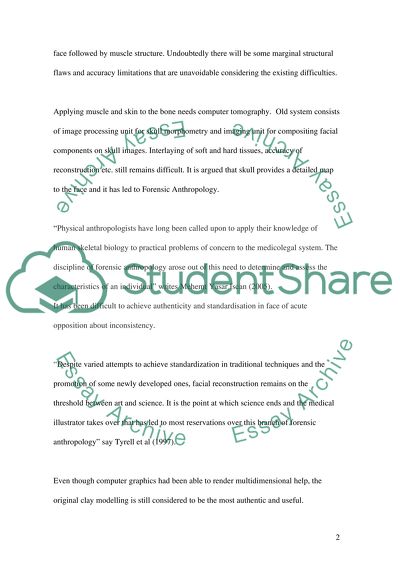Cite this document
(“Forensic Facial Reconstruction Essay Example | Topics and Well Written Essays - 2000 words”, n.d.)
Forensic Facial Reconstruction Essay Example | Topics and Well Written Essays - 2000 words. Retrieved from https://studentshare.org/archaeology/1532287-forensic-facial-reconstruction
Forensic Facial Reconstruction Essay Example | Topics and Well Written Essays - 2000 words. Retrieved from https://studentshare.org/archaeology/1532287-forensic-facial-reconstruction
(Forensic Facial Reconstruction Essay Example | Topics and Well Written Essays - 2000 Words)
Forensic Facial Reconstruction Essay Example | Topics and Well Written Essays - 2000 Words. https://studentshare.org/archaeology/1532287-forensic-facial-reconstruction.
Forensic Facial Reconstruction Essay Example | Topics and Well Written Essays - 2000 Words. https://studentshare.org/archaeology/1532287-forensic-facial-reconstruction.
“Forensic Facial Reconstruction Essay Example | Topics and Well Written Essays - 2000 Words”, n.d. https://studentshare.org/archaeology/1532287-forensic-facial-reconstruction.


